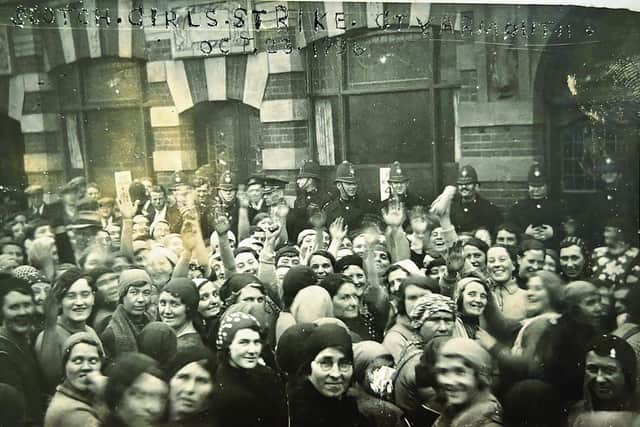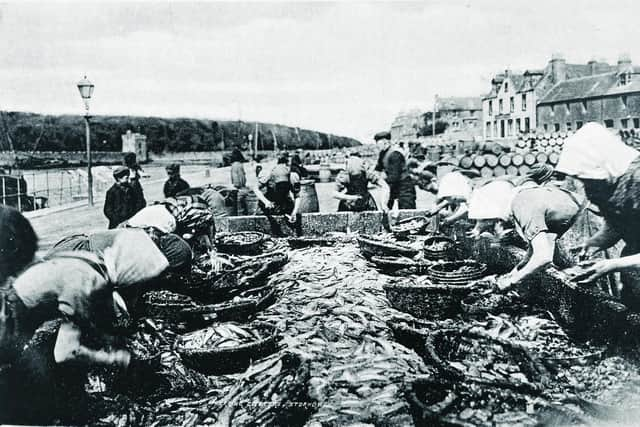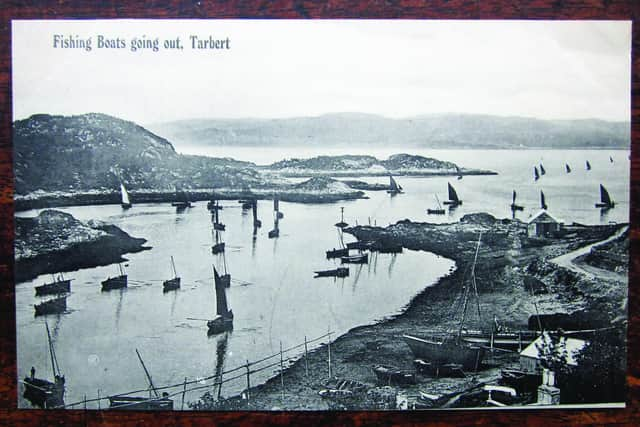When 3,000 Scottish fisher women from in Highlands and Islands went on strike on the quayside
Where the herring went, the women followed.
More than 3,000 women from the Highlands and Islands left home every summer on “steamers filled to the gunwales with girls” for harbours of Orkney, Shetland and the East Coast, the crews of gutters moving alongside the fish in an annual summer emigration that usually ended in the harbours of East Anglia. Groups of friends, some as young as 16, moved together and older women shared their skills with those younger than them.
And there was plenty work, with two to three million barrels of ‘Scottish cure’ leaving these shores to meet demand in places such as Danzig and St Petersburg as the industry hit its prime just before World War One. But women were forced to fight for better working and living conditions as the industry boomed – and later had to fight for fair pay as markets crashed due to war and depression.
Advertisement
Hide AdAdvertisement
Hide Ad

Standards fell so low the Scottish Office called an inspection in 1904, with around 3,000 Scottish women later involved in ‘lighting strikes’ in East Anglia for fair pay as war and depressions stripped the market.
Dr Joni Buchanan, of Lewis, features the struggles of the herring girls in her new book Women of the Hebrides, Stories of Strength and Courage, which is published today to coincide with International Women’s Day.
She said: “In common with all industrial workers, female fish workers were covered by the provisions of the Factory Acts, but the peripatetic nature of the trade and the remoteness of its locations allowed curers to ride roughshod over legislation.


“Reports of appalling working conditions appeared in the press and in 1904, the Scottish Office commissioned an inquiry into abuses of basic employment and welfare rights.
“In Lerwick – where conditions were supposed to be more advanced that at the country station – the inspectors found women crowded into disused storehouses and rotting buildings. There was no running water, the rooms were cramped with beds to sit on, to sleep, to wash.
"When it rained, salting stations became grim quagmires of wet mud, blood, scales and fish guts and the toilets were the most primitive.”


A government report found it was “hard to imagine poorer conditions” than in Baltasound in Shetland, a key destination for workers, where women had to go to the toilet on the rocks above the tide with the mess washed away by the sea.
During World War One, production of cured fish and kippering moved to the west, with the first strike documented in 1917 amid demands for parity with those working in the east. As the industry struggled on, a reported 3,000 Scottish gutters went on strike in Yarmouth, Gorleston and Lowestoft, with police called in.
Advertisement
Hide AdAdvertisement
Hide AdMounted police scattered Scottish fisher-girls at Yarmouth when they attempted to drag working girls from the herring troughs at one of the curing yards.
“The whole of the east coast herring industry was brought to a standstill by last night’s lightning strike by 3,000 of the fisher-girls,” the report added.
- Women of the Hebrides: Stories of Strength and Courage by Dr Jodi Buchanan is published today by Acair Books.
Comments
Want to join the conversation? Please or to comment on this article.
